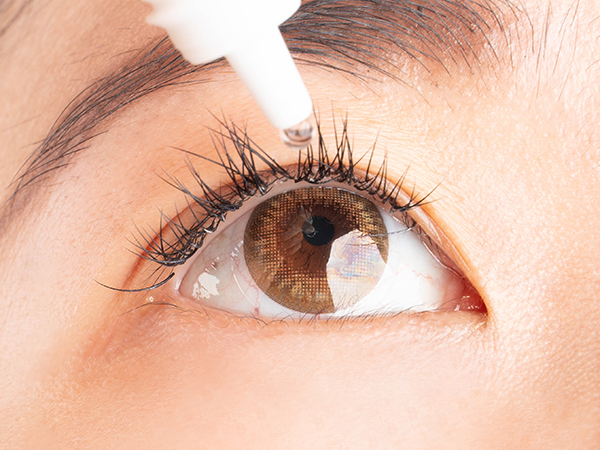
In today’s digital world, it’s nearly impossible to avoid screens. Between computers, phones, tablets, and TVs, most of us spend hours every day staring at digital devices. While technology helps us stay connected and productive, extended screen time can take a toll on your eyes - often leading to symptoms of dry eye. At The Dry Eye Center of Ohio, we specialize in helping patients manage and treat dry eye with advanced solutions tailored to each individual.
What Is Dry Eye?
Dry eye is a common condition that occurs when your eyes don’t produce enough tears or when the quality of your tears isn’t sufficient to keep your eyes properly lubricated. Tears are essential for maintaining clear vision and protecting the surface of the eye, and when they are lacking, it can lead to symptoms such as burning, stinging, redness, fluctuating vision, or a gritty feeling like sand in the eyes. Symptoms of dry eye may seem appear temporary, but dry eye disease is a chronic condition, often caused by aging, screen use, medical conditions, or environmental factors, and it requires proper evaluation to determine the most effective treatment.
How Screen Time Contributes to Dry Eye
When using digital devices, people tend to blink less often, sometimes with a greater than 50% reduction in blink rate. Additionally, when using screens blinks are often incomplete, with the eyelids failing to come together fully. Complete blinking is essential for spreading natural tears across the eye’s surface, so fewer blinks and incomplete eyelid closure can result in your eyes drying out quickly. Other factors, like staring at bright screens, air-conditioned environments, and prolonged focus, only worsen the problem.
Common symptoms of screen-related dry eye include:
• Burning, stinging, or gritty sensations
• Blurry or fluctuating vision
• Eye fatigue or heaviness
• Redness and irritation
Tips to Protect Your Eyes During Screen Time
While you can’t always avoid technology, there are steps you can take to reduce dry eye discomfort:
• Follow the 20-20-20 rule: Every 20 minutes, look at something 20 feet away for at least 20 seconds.
• Remember to blink: Consciously blinking more often helps keep your eyes lubricated.
• Adjust your workstation: Keep screens slightly below eye level to reduce strain and improve blinking.
• Use artificial tears: Over-the-counter lubricating drops can help temporarily relieve dryness. Although this does not treat the underlying causes of dry eye, it can provide quick relief when needed.
• Stay hydrated: Drinking plenty of water supports your overall eye health.
When to See Your Eye Doctor
If lifestyle changes don’t improve your symptoms, or if you notice worsening irritation, blurred vision, or sensitivity to light, it’s time to see a dry eye specialist. Left untreated, chronic dry eye and conditions like meibomian gland dysfunction (MGD) can damage the surface of the eye and affect your quality of life. We provide comprehensive testing to uncover the root causes of your dry eye, including MGD, and build a personalized treatment plan.
Advanced Dry Eye Treatments We Offer
Unlike basic at-home remedies, our office offers cutting-edge technology to treat the underlying causes of dry eye, not just the symptoms:
• NuLids PRO - A device that gently cleans and stimulates the eyelids to improve tear quality.
• OptiLIGHT Intense Pulsed Light (IPL) - Targets inflammation and dysfunctional oil glands to restore healthy tear production.
• OptiPLUS Radiofrequency (RF) Technology - Uses gentle heat to unclog oil glands and improve tear film stability.
• OptiLIFT Dynamic Muscle Stimulation (DMSt) - Stimulates and strengthens eyelid muscles for improved blinking function and comfort.
• Rinsada - Provides advanced cleansing of the eye surface to soothe and refresh the eyes.
These treatments go beyond temporary relief by addressing the source of your dry eye.
Find Lasting Relief at The Dry Eye Center of Ohio
Screen time is here to stay, but dry eye doesn’t have to interfere with your daily life. By making small adjustments and seeking professional care when needed, you can keep your eyes comfortable and healthy.
If screen-related dry eye is affecting your vision or comfort, schedule a consultation with The Dry Eye Center of Ohio to find lasting relief with advanced, customized treatment options. Visit our office near Cincinnati in Montgomery, Ohio, or visit our website to book an appointment today.




